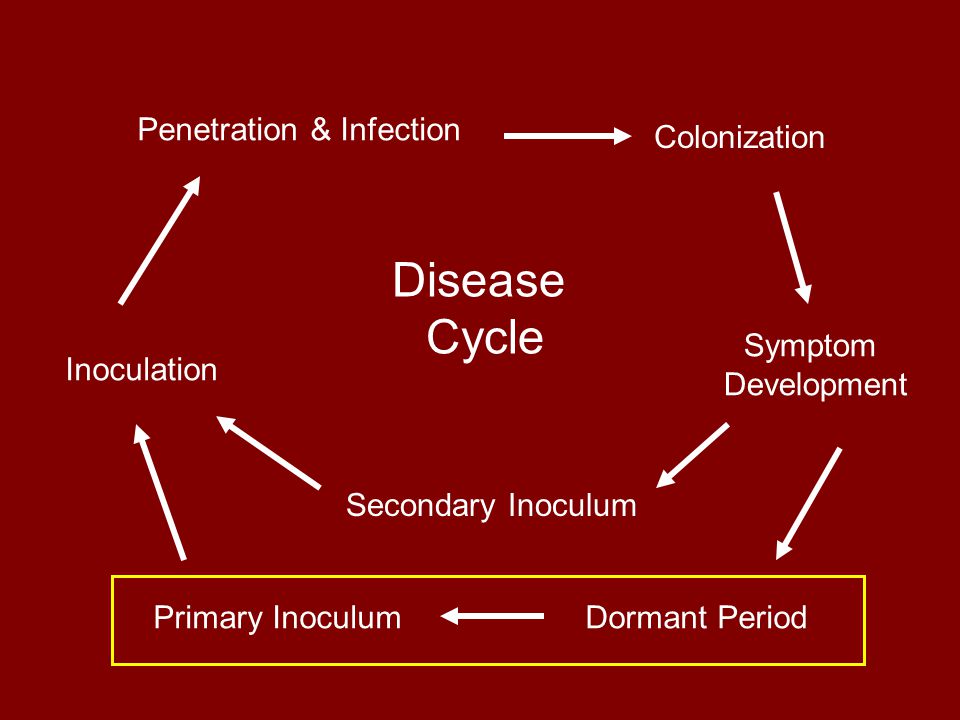
Forecast based on secondary inoculumn
Forecasts Based on Weather Conditions Favoring
Development of Secondary Inoculum
In late blight of potato and tomato (caused by the
oomycete Phytophthora infestans), the initial inoculum
is usually low and generally too small to detect and
measure directly. Even with low initial inoculum, the initiation
and development of a late blight epidemic can be
predicted with reasonable accuracy if the moisture and
temperature conditions in the field remain within certain
ranges favorable to the fungus. When constant cool temperatures
between 10 and 24°C prevail and the relative
humidity remains over 75% for at least 48 hours or is
at least 90% for 10 hours each day for 8 days, infection
will take place and a late blight outbreak can be
expected from 2 to 3 weeks later. If, within that period
and afterward, several hours of rainfall, dew, or relative
humidity close to the saturation point occur, they will
serve to increase the disease and will foretell the likelihood
of a major late blight epidemic (Fig. 8-23).
Computerized predictive systems have been developed
for epidemics of late blight and several other diseases;
in some such systems, e.g., BLITECAST for late
blight (Fig. 8-20); FAST (for forecasting Al. solani on
tomatoes); TOMCAST (for tomato forecaster) for
tomato early blight, Septoria leaf spot, and anthracnose;
and PLAM for peanut leaf spot, moisture and temperature
are monitored continuously. From this information
weather severity values are calculated, infection and
disease severity values are predicted, and recommendations
are issued to growers as to when to begin spraying.
More recent refinements in late blight forecasting
include, in addition to data on moisture and temperature,
information on the level of resistance of the potato
variety to late blight and the effectiveness of the fungicide
used. Information on all these parameters is, of
course, very useful in the formulation of recommendations
for fungicide applications.
Several leaf spots, such as those caused by the fungi
Cercospora on peanuts and celery and Exserohilum
(Helminthosporium) turcicum on corn, can be predicted
by taking into account the number of spores trapped
daily, the temperature, and the duration of periods with
relative humidity near 100%. An infection period is
predicted if high (95–100%) relative humidity lasts for
more than 10 hours, and growers are then urged to
apply chemical sprays immediately.


